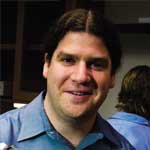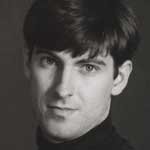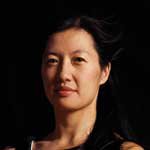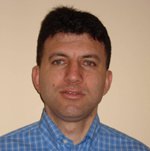Vision is one of biology's most complex processes. But that doesn't stop Nikos Paragios from trying to bring this marvel of flesh and blood to the world of bits and bytes. He develops software that allows computers to interpret images more accurately, which could improve everything from medical diagnosis to driving.
As a professor at the École Centrale Paris, Paragios is a long way from the world of his childhood on the tiny Aegean island of Kárpathos, where he worked summers in a family-owned coffee shop, and there wasn't a computer in sight. "But everyone said computer science is the future," he recalls, so he headed to the University of Crete to study it.
Today Paragios is a leader in computer vision. Among his many projects is the mathematical modeling of hand gestures. The idea is to develop software to translate sign language into text, easing communication between the hearing and the deaf. The models could also allow drivers to simply point at icons printed on a dashboard--gestures that would be interpreted by onboard cameras and computers--rather than twisting knobs or pressing buttons.
Paragios is best known for his contributions to medical imaging. As a research scientist at Siemens in Princeton, NJ, he created software to automatically detect and define the boundaries of anatomical structures. Applied to magnetic resonance images of the heart, for example, the software highlights complex structures such as the coronary arteries, allowing doctors to pinpoint changes that can lead to heart attacks. Siemens is now integrating Paragios's system into its MRI scanners.
Paragios continues to work on medical imaging technologies. With physicians at Henri Mondor University Hospital outside Paris, he's developing software to diagnose muscle diseases called myopathies without painful biopsies. Paragios and his team are turning to a variation of MRI called diffusion tensor imaging, which measures the random motion of water in biological tissues (
see "10 Emerging Technologies: Diffusion Tensor Imaging"). The goal is to create algorithms that can use this motion to determine the structure and orientation of muscle fibers, thus revealing developing myopathies.
But no matter its application, Paragios's research is driven by his desire to "do something that brings great innovation and serves society."
--Shereen El-Feki 


